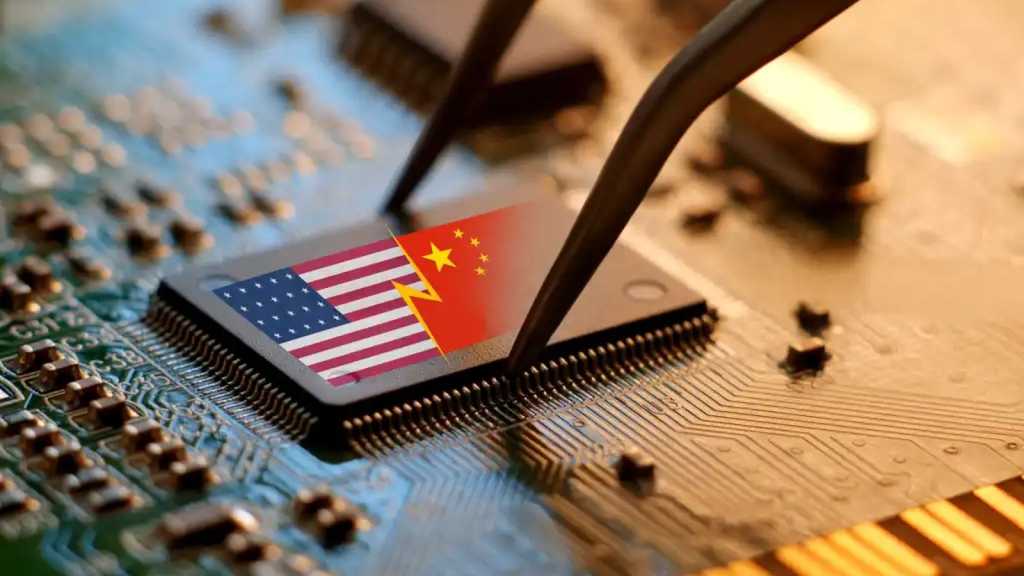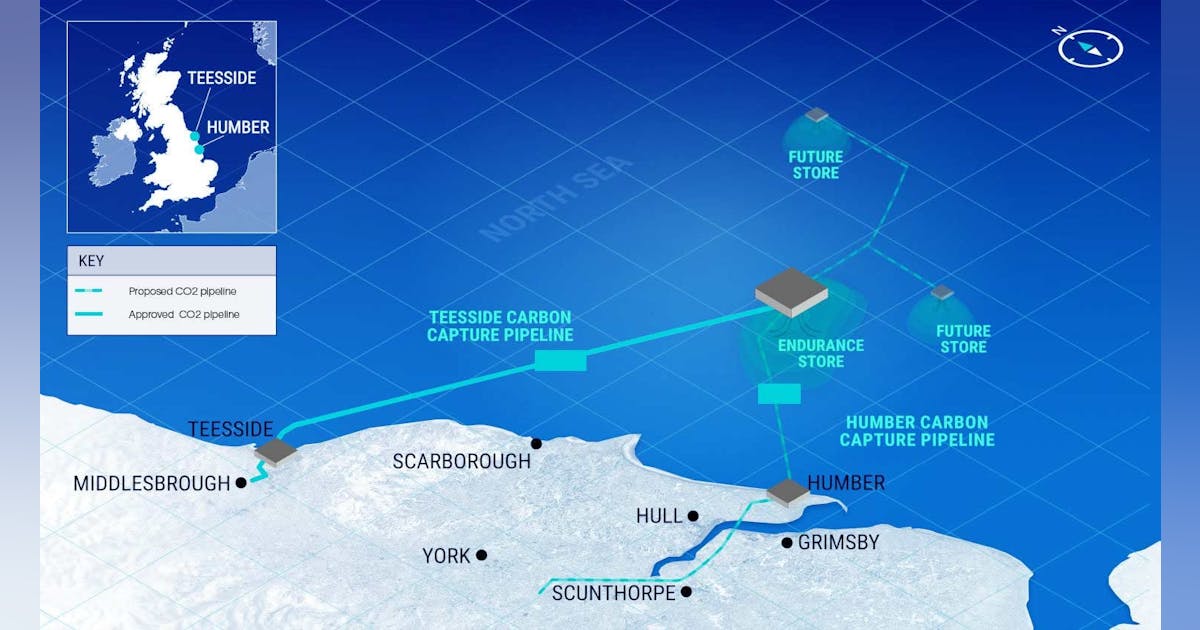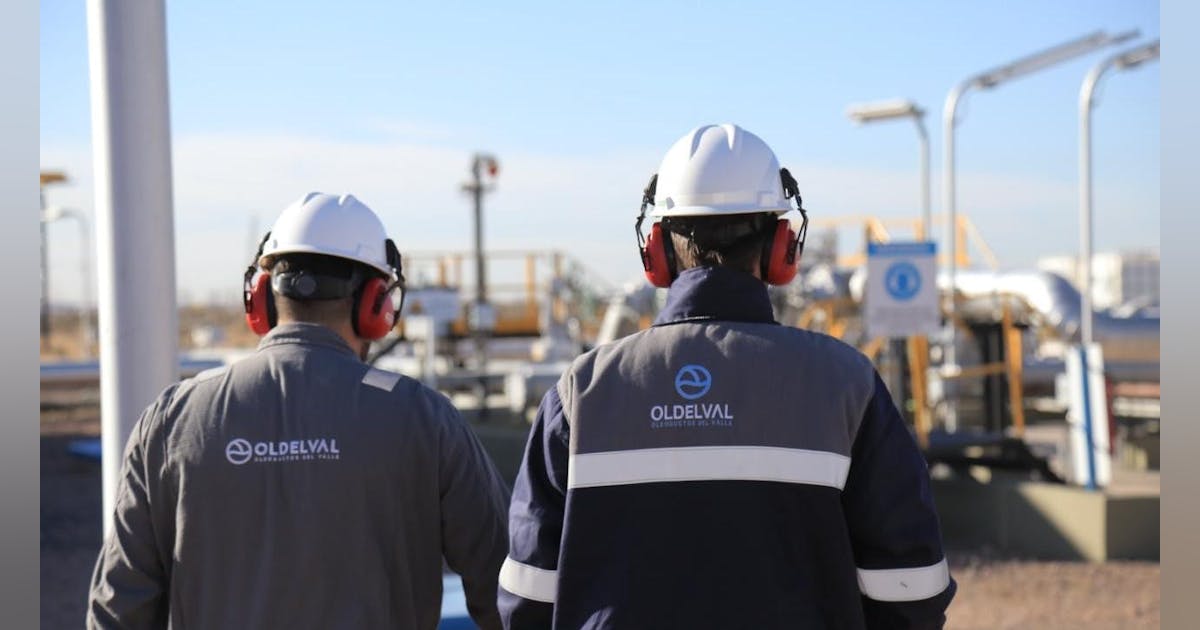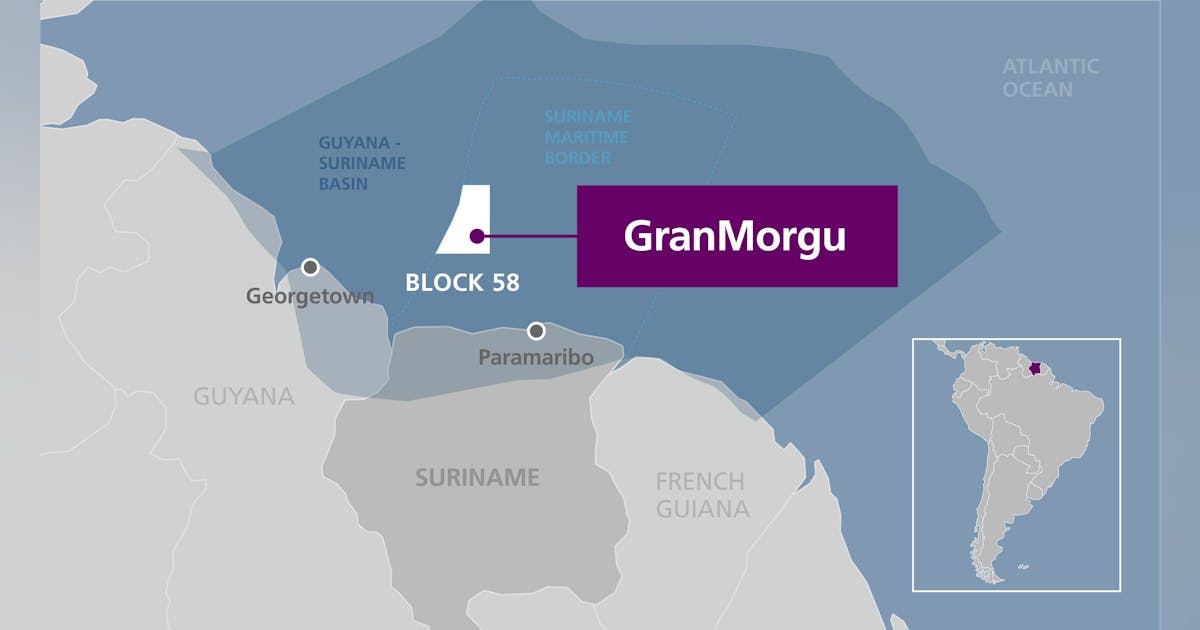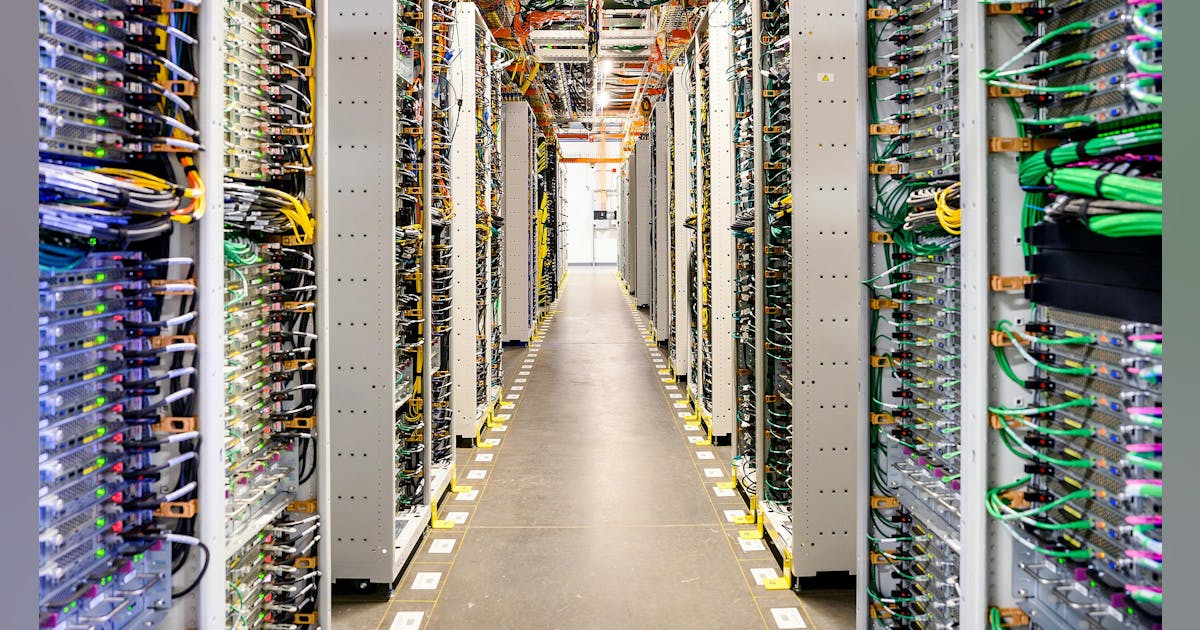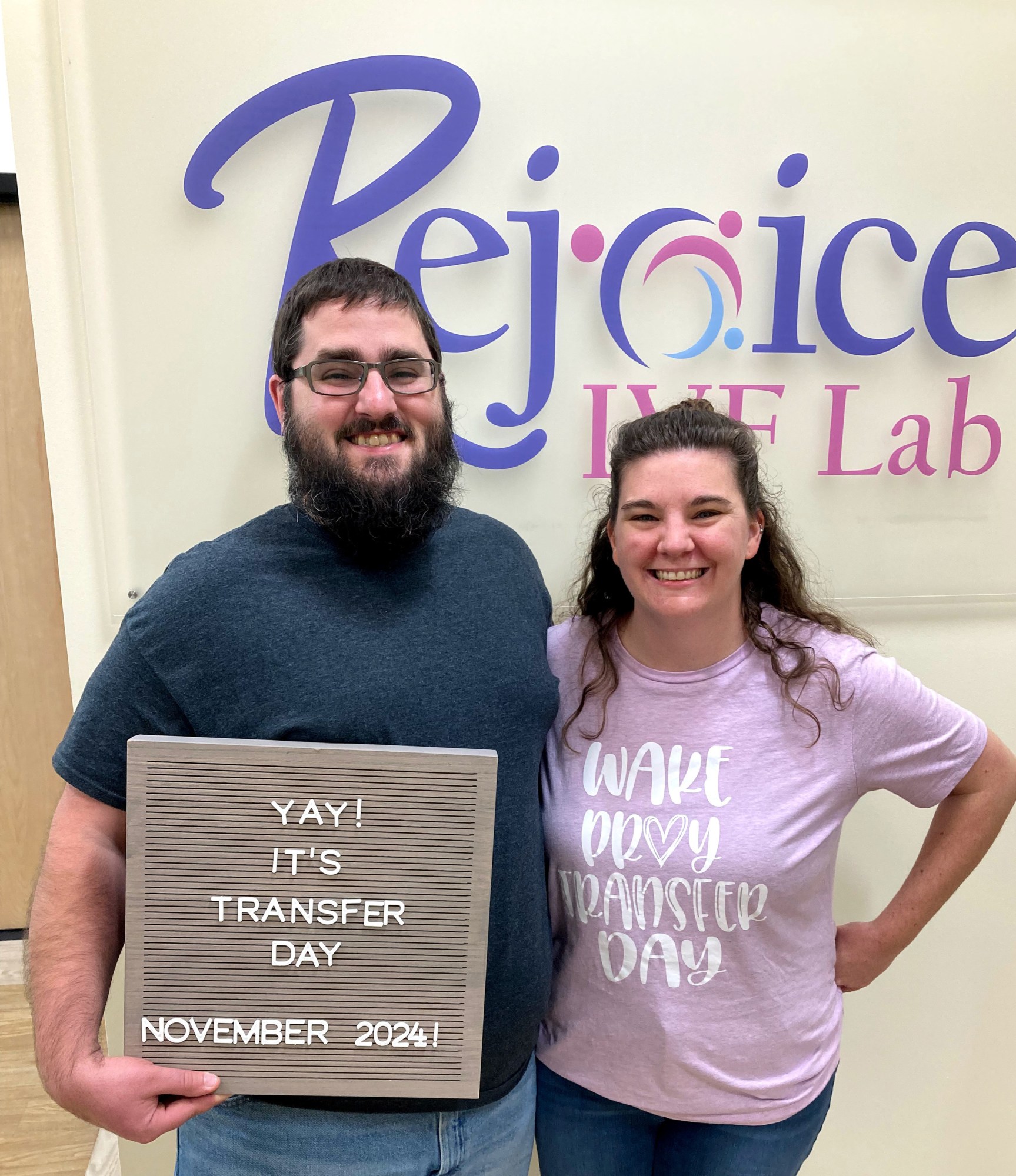
The RNGD Server is now available to enterprise customers looking to develop large language models (LLMs) like LG’s EXAONE LLM which is being deployed across sectors like electronics, finance, and telecommunications.
In LG AI Research’s testing, RNGD achieved 2.25 times better performance per watt for LLMs compared to an unnamed GPU-based package. Thanks to greater compute density, a RNGD-powered rack can generate 3.75 times more tokens for EXAONE models compared to a GPU rack operating within the same power constraints.
There are dozens of AI chip startups out there, but FuriosaAI has gotten some attractive attention. Meta, the parent company of Facebook, earlier this year offered buy out the company for $800 million, but FuriosaAI decided to pass on the deal.
Still, there are several noteworthy accelerators that are specializing in AI inference, including Cerebras, Graphcore, Groq, and SambaNova, and others. So, it’s a very competitive market, said Addison Snell, CEO of Intersect360 Research.
“It’s hard to imagine any of them carrying enough weight to be a real threat to Nvidia, but the market is vibrant enough for any of them to rack up some significant wins,” he said.




